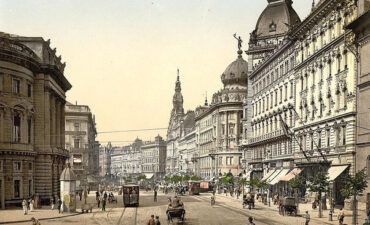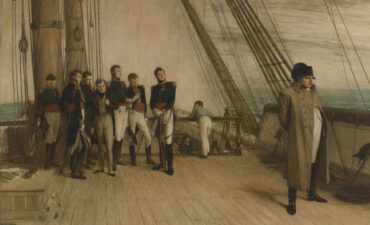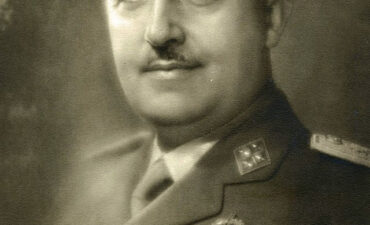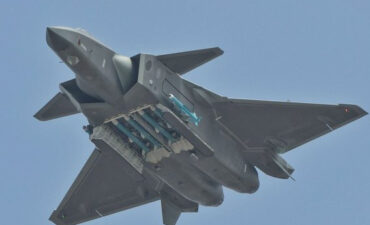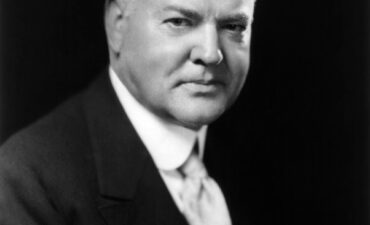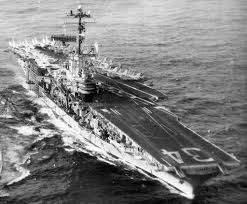Why did Hitler order the Night of the Long Knives?
Why did Hitler order the Night of the Long Knives? The Night of the Long Knives (June 30 to July 2, 1934) was a purge ordered by Adolf Hitler to consolidate his power by eliminating potential rivals and perceived threats within the Nazi Party and the broader political landscape in Germany.
Key reasons for Hitler’s decision:
Fear of the SA and Ernst Röhm’s growing power:
The Sturmabteilung (SA), a paramilitary wing of the Nazi Party, led by Ernst Röhm, had become a significant force with over 3 million members. Röhm wanted the SA to take over the German military, which threatened Hitler’s relationship with the Reichswehr, Germany’s professional army. Röhm’s ambitions and the SA’s radical agenda posed a threat to Hitler’s leadership and the stability of his regime.
Pressure from the German Army (Reichswehr):
Hitler needed the support of the German military to achieve his long-term goals, including remilitarization and expansion. The Reichswehr, however, viewed Röhm and the SA as a danger to their position. The military leaders pressured Hitler to act against Röhm in exchange for their loyalty.
Pressure from conservative elites and industrialists:
Many conservative elites, including President Paul von Hindenburg and right-wing politicians, were concerned about the SA’s violent and radical nature. Hindenburg’s advisors even warned Hitler that if he did not act against the SA, Hindenburg might declare martial law. Hitler knew he had to eliminate Röhm to secure the continued support of conservative factions.
Elimination of political enemies:
Hitler used the Night of the Long Knives to settle old scores with enemies both inside and outside the Nazi Party. He targeted not just Röhm and the SA leadership but also political rivals such as former Chancellor Kurt von Schleicher and other opponents from various factions.
Establishing Hitler’s absolute power:
By eliminating potential threats from within the Nazi Party, especially the SA leadership, Hitler was able to solidify his control over the Nazi movement and the German state. The purge demonstrated his willingness to use violence to maintain power and deterred any future opposition.
After the purge, the SS (Schutzstaffel), led by Heinrich Himmler, emerged as the dominant paramilitary force, loyal to Hitler, while the SA’s power was greatly reduced. The Reichswehr pledged its allegiance to Hitler after the death of President Hindenburg, and Hitler combined the roles of Chancellor and President, solidifying his dictatorship.

